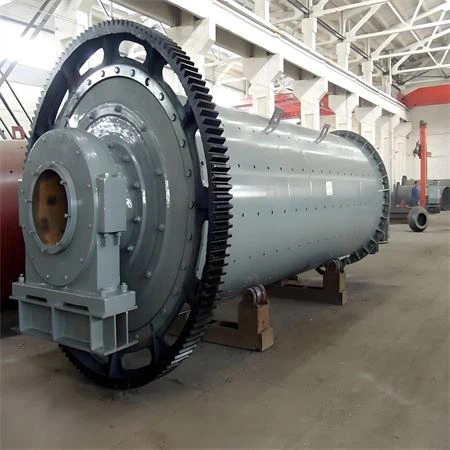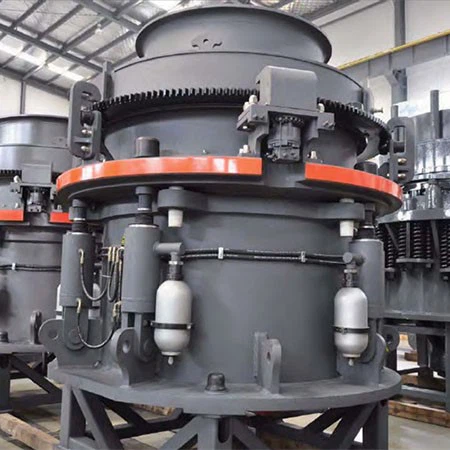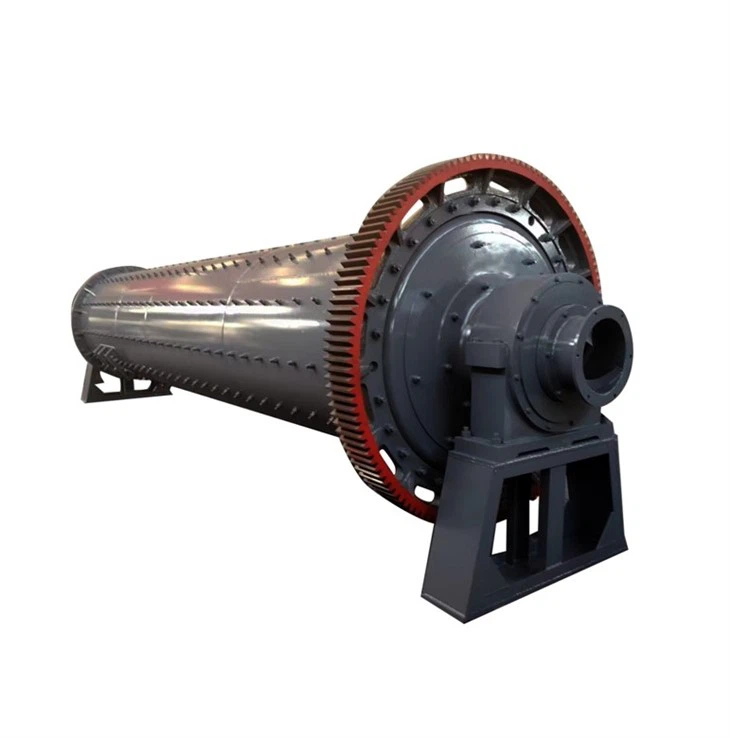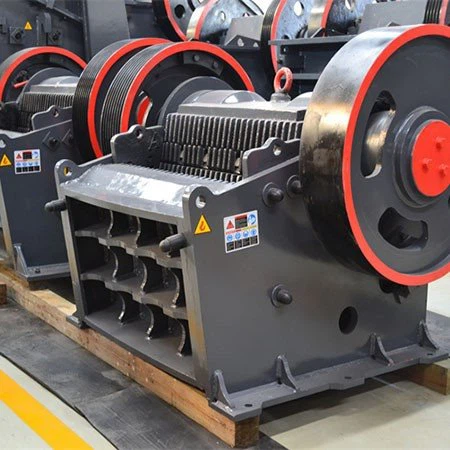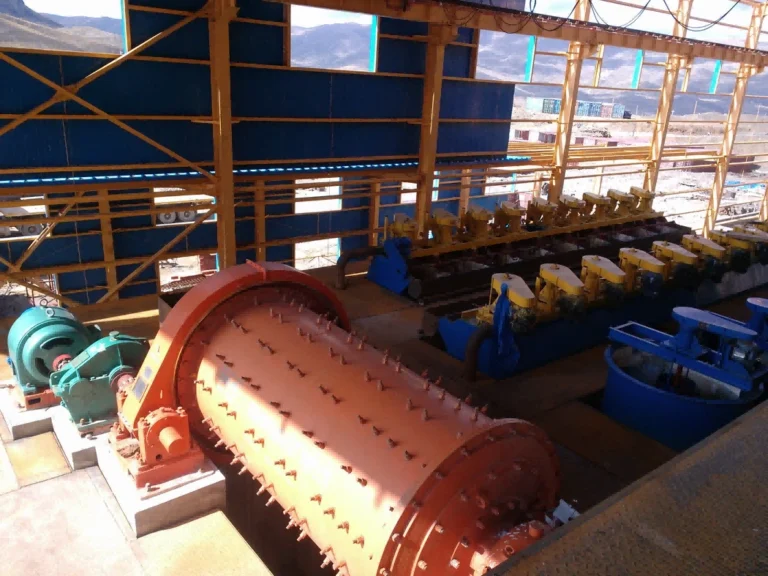What Is The Difference Between Grinding And Milling?
Grinding and milling are two common machining processes used in manufacturing and material removal operations. While these processes may seem similar at first glance, they have distinct characteristics that set them apart. In this article, we will delve into the world of grinding and milling, exploring their differences, applications, and benefits.
Understanding Grinding
Grinding is a machining process that involves the use of an abrasive wheel or disk to remove material from a workpiece. The abrasive material is rubbed against the workpiece, causing the unwanted material to be worn away. Grinding is typically used for finishing surfaces, achieving high dimensional accuracy, and improving surface quality.
Various types of grinding machines can be employed for different applications. For example, surface grinders employ a horizontal grinding wheel that moves across the surface of a workpiece, while cylindrical grinders use a rotating wheel to shape cylindrical objects. Other specialized grinding machines include centerless grinders, internal grinders, and tool and cutter grinders.
Grinding wheels are typically made of abrasive grains bonded together with a matrix or bond material. The type of abrasive and bond used determines the hardness, structure, and cutting characteristics of the grinding wheel. Common abrasives used in grinding wheels include aluminum oxide, silicon carbide, cubic boron nitride (CBN), and diamond.
Applications of Grinding
Grinding finds applications across various industries and is typically used for precision machining and finishing operations. Some common applications of grinding include:
1. Surface finishing: Grinding is used to achieve smooth surfaces on workpieces and improve the surface texture. This is especially important in applications where aesthetic appeal and functional characteristics are crucial, such as in the automotive and aerospace industries.
2. Dimensional accuracy: Grinding can be used to achieve precise dimensions and tolerances on workpieces, ensuring that they meet the required specifications. This is particularly important in industries such as toolmaking and mold making, where accuracy is critical.
3. Tool and die sharpening: Grinding is commonly used to sharpen cutting tools, such as drills, milling cutters, and lathe tools. By resharpening these tools, their performance and cutting efficiency can be restored, prolonging their lifespan and reducing manufacturing costs.
4. Material removal: Grinding is an effective method for removing excess material from workpieces. This is often necessary in operations where stock needs to be reduced or when a specific shape or form needs to be achieved.
Understanding Milling
Milling, on the other hand, is a machining process that involves the use of a rotating cutter to remove material from a workpiece. The cutter”s teeth or edges continuously remove chips of material as the cutter rotates, resulting in the desired shape or form. Milling machines can be classified into various types, including vertical mills, horizontal mills, and universal mills.
There are two primary types of milling operations:
1. Peripheral milling: In peripheral milling, the cutter”s axis of rotation is parallel to the surface being machined. This type of milling is commonly used for cutting slots, pockets, and profiles.
2. Face milling: In face milling, the cutter”s axis of rotation is perpendicular to the surface being machined. This type of milling is typically used for producing flat surfaces, as well as for shallow or contouring cuts.
Applications of Milling
Milling is a versatile machining process used in a wide range of industries. Some common applications of milling include:
1. Cutting and shaping: Milling is often employed to cut and shape various workpieces, such as metal plates, blocks, and castings. Through precise movements and positioning of the cutter, complex shapes and geometries can be achieved.
2. Hole making: Milling machines equipped with special drills or end mills can be used to create holes of different sizes and shapes in workpieces. This is particularly useful in industries such as aerospace and automotive, where precise hole drilling is crucial.
3. Contouring and profiling: Milling machines can be utilized to create intricate contours and profiles on workpieces, allowing for the production of complex parts and components.
4. Surface roughness improvement: Milling can be used to improve the surface roughness of workpieces. By employing specialized cutting tools and techniques, a smoother and more refined surface finish can be achieved.
The Key Differences
Grinding and milling may seem similar due to their common purpose of material removal, but there are several key differences that set them apart:
1. Tooling: In grinding, an abrasive wheel or disk is used as the cutting tool, while in milling, a rotating cutter with multiple teeth is employed. This distinction in tooling leads to differences in the way material is removed and the types of features that can be produced.
2. Removal mechanism: Grinding involves abrasion, as the abrasive grains wear away the material, while milling involves cutting, as the cutter”s teeth slice through the workpiece. This fundamental difference in removal mechanism affects the energy consumption, cutting forces, and surface integrity of the machined part.
3. Surface finish: Grinding is often carried out to achieve a superior surface finish, with roughness values ranging from very fine to coarse. Milling, on the other hand, may produce a coarser surface finish, depending on the feed rate, machine rigidity, and other factors.
4. Material compatibility: Grinding can be used on a wide range of materials, including metals, ceramics, composites, and plastics. Milling, while also applicable to a variety of materials, may be limited by factors such as workpiece hardness and machinability.
5. Process characteristics: Grinding is generally a slower process than milling, requiring more time to remove the same amount of material. However, grinding can achieve higher accuracy and tighter tolerances, making it suitable for applications that demand precision.
Conclusion
In summary, grinding and milling are distinct machining processes with different applications and characteristics. While grinding is typically used for finishing surfaces, achieving high dimensional accuracy, and improving surface quality, milling is commonly employed for cutting, shaping, hole making, contouring, and profiling. Understanding the differences between these processes is crucial for selecting the appropriate technique and machinery for a given manufacturing requirement.


